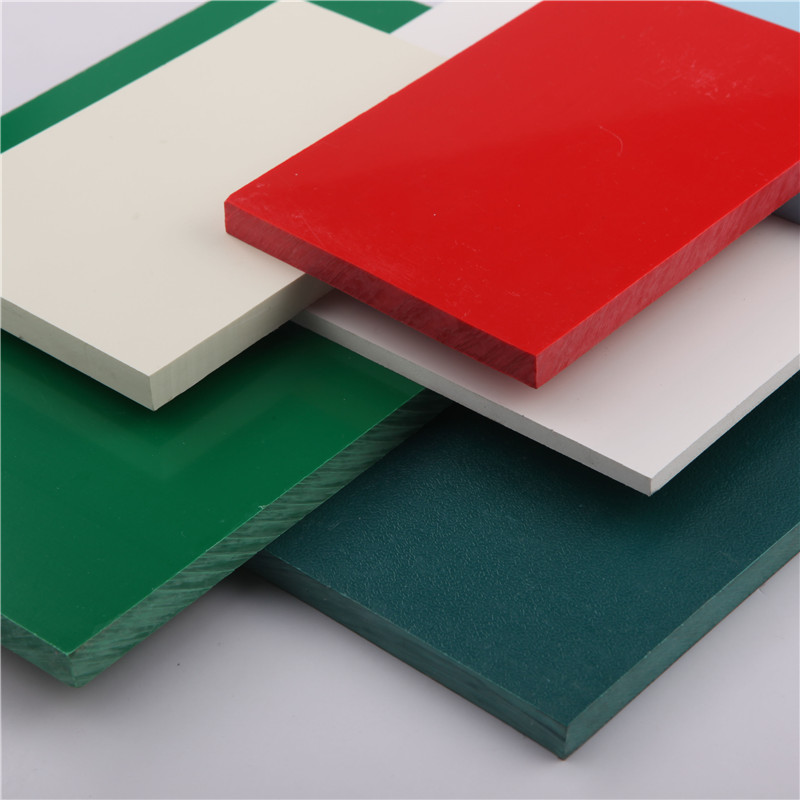снеж . 05, 2024 14:31 Back to list
hdpe pipe coupling
Understanding HDPE Pipe Couplings A Comprehensive Overview
High-Density Polyethylene (HDPE) pipes have become increasingly popular in various applications, ranging from water supply to sewage systems, owing to their durability, flexibility, and resistance to corrosion. One of the critical components in the assembly and installation of HDPE piping systems is the HDPE pipe coupling. This article delves into the significance of HDPE pipe couplings, their types, advantages, installation process, and maintenance tips.
What is an HDPE Pipe Coupling?
A pipe coupling is a fitting that connects two pipes or a pipe and a fitting. In HDPE applications, couplings are specifically designed to join two pieces of HDPE piping together, ensuring a tight and leak-free connection. These couplings can accommodate various sizes and pressure ratings, making them suitable for diverse applications in industrial, municipal, and residential settings.
Types of HDPE Pipe Couplings
HDPE pipe couplings come in various types, each serving different purposes
1. Electrofusion Couplings These couplings utilize an electric current to heat the inner surface of the coupling and the outer surface of the connected HDPE pipes. When the surfaces melt, they fuse together, creating a strong bond. Electrofusion couplings are ideal for high-pressure applications due to their leak-proof nature.
2. Butt Fusion Couplings This method involves heating the ends of two HDPE pipes and then pressing them together. It creates a joint that is as strong as, or even stronger than, the original pipe. Butt fusion is commonly used for larger diameter pipes and is suitable for permanent installations.
3. Mechanical Couplings These fittings use bolts or clamps to secure the connection between two HDPE pipes. They are easy to install and can be disassembled, offering flexibility for temporary applications or repairs.
Advantages of Using HDPE Pipe Couplings
The use of HDPE pipe couplings comes with numerous benefits
- Durability HDPE pipes and their couplings are resistant to corrosion, chemicals, and UV radiation, ensuring long-lasting performance in a variety of environmental conditions.
- Flexibility HDPE is a flexible material that can handle ground movements and pressures better than rigid pipes, reducing the likelihood of cracks or failures.
- Lightweight Compared to traditional materials like steel or concrete, HDPE is significantly lighter, which simplifies transportation and installation.
hdpe pipe coupling

- Cost-Effectiveness Although initial costs may be higher, the longevity and reduced maintenance needs of HDPE systems lower lifetime costs.
- Environmental Impact HDPE is recyclable, contributing to environmentally friendly practices in pipeline construction and maintenance.
Installation of HDPE Pipe Couplings
The installation process for HDPE pipe couplings varies depending on the type used. However, a general set of steps can be outlined
1. Preparation Ensure that the pipe ends are clean and free from dirt, moisture, and any debris. This step is critical for achieving a watertight seal.
2. Align the Pipes Proper alignment of the pipes is essential. Misalignment can lead to stress points and potential failures in the joint.
3. Join the Pipes Depending on the coupling type, perform the relevant connection method - For electrofusion, insert the pipes into the coupling and activate the electrofusion machine. - For butt fusion, heat the ends of the pipes and press them together following the manufacturer's guidelines. - For mechanical couplings, insert the pipes into the coupling and tighten the bolts or clamps.
4. Testing After installation, it's crucial to test the joint for leaks, ensuring that the connection can withstand the intended pressure and conditions.
Maintenance Tips
To ensure longevity and performance, regular maintenance of HDPE pipe couplings is recommended
- Inspection Periodically check the connections for signs of wear, damage, or leakage.
- Cleaning Keep the couplings and pipe ends free from dirt and debris to maintain a proper seal.
- Monitoring Keep an eye on the system's pressure and flow rates to detect any potential issues early.
In conclusion, HDPE pipe couplings play a vital role in the efficiency and integrity of HDPE piping systems. Understanding their types, advantages, installation processes, and maintenance needs can help users make informed decisions, ensuring reliable performance in their respective applications.
-
Premium HDPE Water Supply Pipes: Durable & Leak-Proof
NewsAug.03,2025
-
Premium PVC-M Water Supply Pipe - Durable & Efficient
NewsAug.02,2025
-
Premium PP Welding Rod: GPT-4 Turbo Enhanced
NewsAug.01,2025
-
HDPE Drainage & Irrigation Pipe - Durable, Efficient Solutions
NewsAug.01,2025
-
Premium PVC Transparent Pipe: Durable & Clear Solutions
NewsJul.31,2025
-
High-Quality UPVC Electrical Pipe for Safe Wiring Solutions
NewsJul.30,2025

